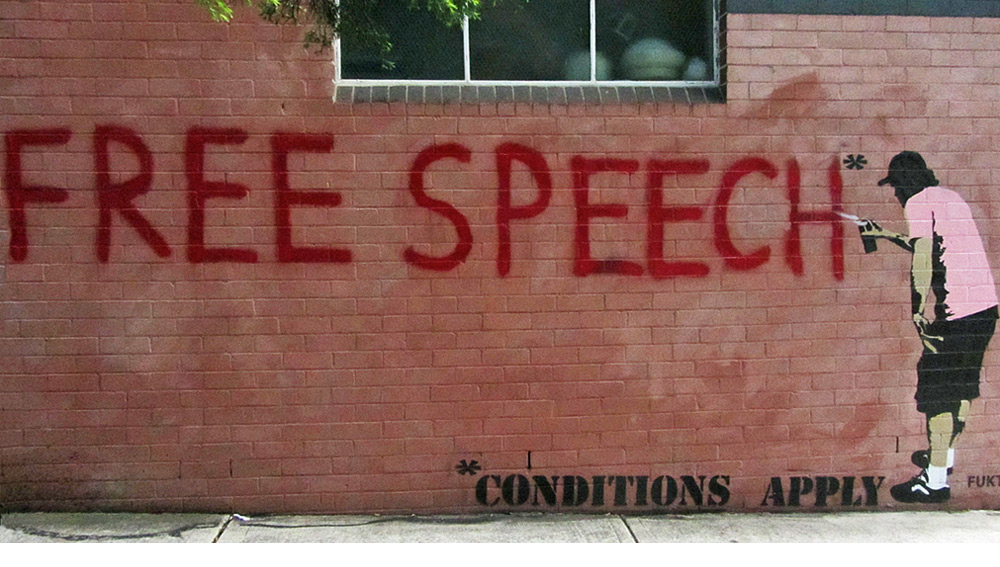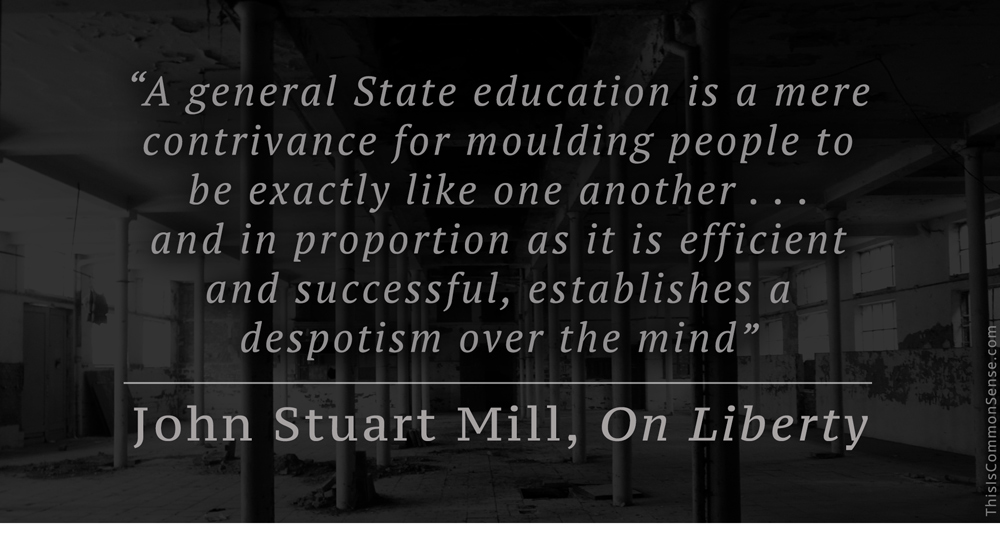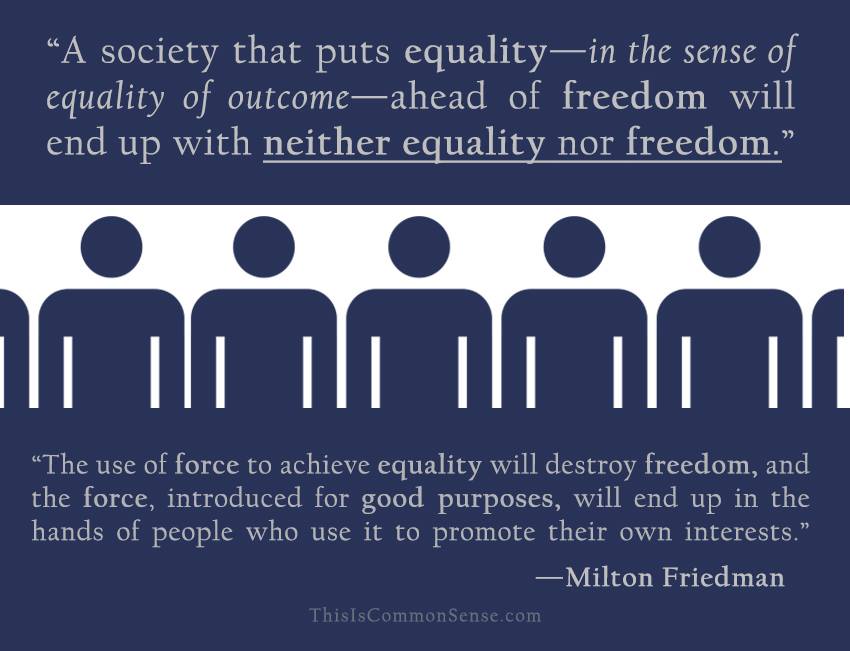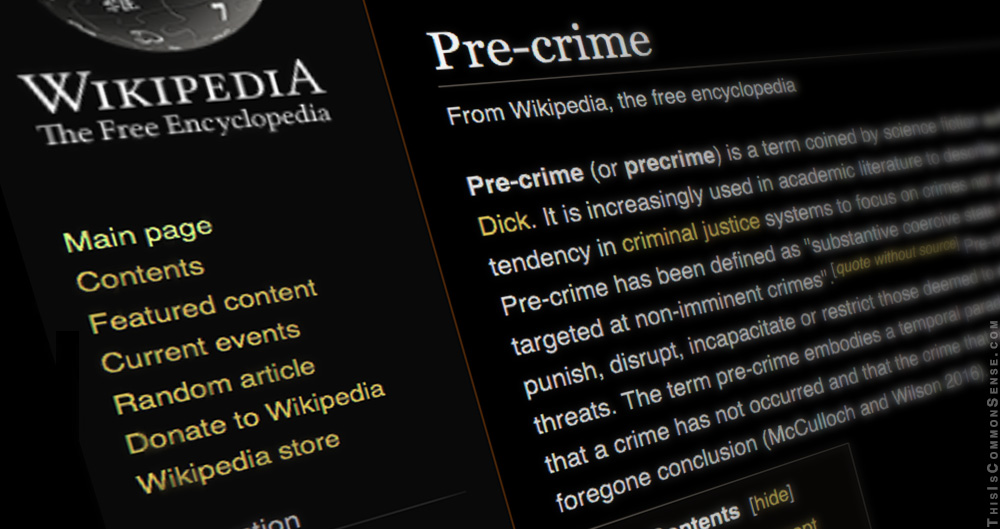Justice Elena Kagan has a way with words. The conservative majority on the court, she said after two recent rulings, is “weaponizing the First Amendment.”
What a phrase! But what does it mean?
“Conservative groups, borrowing and building on arguments developed by liberals,” explains The New York Times, “have used the First Amendment to justify unlimited campaign spending, discrimination against gay couples and attacks on the regulation of tobacco, pharmaceuticals and guns.”
First: if “liberals” now find themselves not supporting the idea of particular freedoms, or freedom in general, are they really “liberal”?
Second: “borrowing arguments” is what we expect to happen. Logic isn’t partisan.
Third: the point of the Bill of Rights is to “weaponize” the defense of freedom.
Remember, it is freedom of speech; freedom of the press; freedom of association; freedom of exercising one’s religion. The First Amendment weaponizes their defense by disallowing Congress from legislating against them.
Now, it has long been a “problem” that these listed freedoms blend together. They all work together or don’t work at all. And each points to freedom more broadly.
Kagan wants to read freedoms narrowly — though liberals historically have, indeed, read them broadly.
She’s objecting to two recent rulings. The first prohibits states from requiring pregnancy centers to talk up abortion options to their clients. An obvious free speech issue. The second prohibits governments from backing unions in their extraction of “agency fees” from non-members. An incontrovertible issue of freedom of association.
Kagan and The New York Times apparently think that “liberalism” means defending some freedoms in some contexts, but denying freedom in others.
This is Common Sense. I’m Paul Jacob.
Illustration by Newtown grafitti










